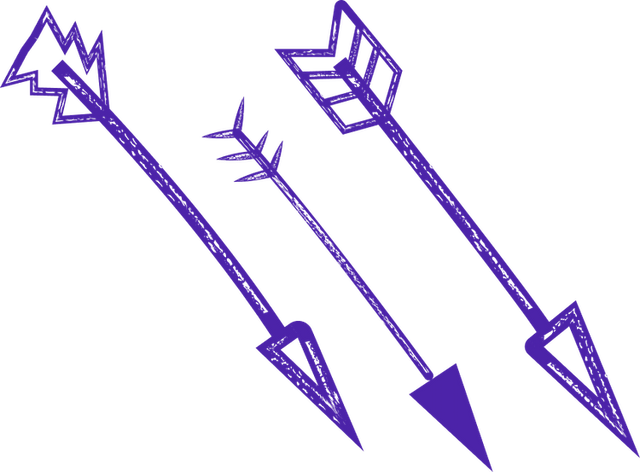
what is graphql vs rest api comparisons
What is Graphql Vs. Rest Api Comparisons - Startup House
REST API, which stands for Representational State Transfer, is a well-established architectural style for designing networked applications. It relies on a set of predefined endpoints that correspond to specific resources, such as users, posts, or products. Clients make requests to these endpoints using HTTP methods like GET, POST, PUT, and DELETE to perform CRUD operations (Create, Read, Update, Delete) on the resources. REST APIs typically return data in a standardized format like JSON or XML, making it easy for clients to consume the information.
On the other hand, GraphQL is a query language and runtime for APIs developed by Facebook. Unlike REST APIs, which expose a fixed set of endpoints, GraphQL allows clients to request only the data they need in a single query. This flexibility is achieved through a schema that defines the types of data available and the relationships between them. Clients can specify the fields they want to retrieve, nested queries, and even define custom operations using mutations. This reduces over-fetching and under-fetching of data, improving performance and reducing the number of network requests required.
When comparing GraphQL and REST API, there are several key differences to consider:
1. Flexibility: GraphQL offers more flexibility than REST API by allowing clients to request only the data they need. This can lead to faster response times and reduced network traffic compared to REST APIs, which may return more data than necessary.
2. Performance: GraphQL can be more performant than REST API in certain scenarios due to its ability to retrieve multiple resources in a single query. This can reduce the number of round trips between the client and server, improving overall performance.
3. Schema: GraphQL requires a schema to define the types of data available and the relationships between them. This can be a benefit for larger, more complex APIs as it provides a clear structure for clients to understand and interact with the data.
4. Caching: REST APIs have built-in support for caching using HTTP headers like ETag and Last-Modified, which can improve performance by reducing the need to fetch data from the server. GraphQL does not have built-in caching mechanisms, but developers can implement caching strategies at the application level.
In conclusion, both GraphQL and REST API have their strengths and weaknesses, and the choice between them will depend on the specific requirements of your project. REST API is a proven and reliable approach for building APIs, while GraphQL offers greater flexibility and performance in certain scenarios. Ultimately, the decision between GraphQL and REST API will depend on factors like data complexity, client requirements, and performance considerations.

Digital Transformation Strategy for Siemens Finance
Cloud-based platform for Siemens Financial Services in Poland
Kick-start your AI Digital Transformation strategy with experts.
We design tailored digital transformation strategies that address real business needs.
- AI Strategic Workshops
- Process & Systems Audit
- Implementation Roadmap
Let’s build your next digital product — faster, safer, smarter.
Book a free consultationWork with a team trusted by top-tier companies.








